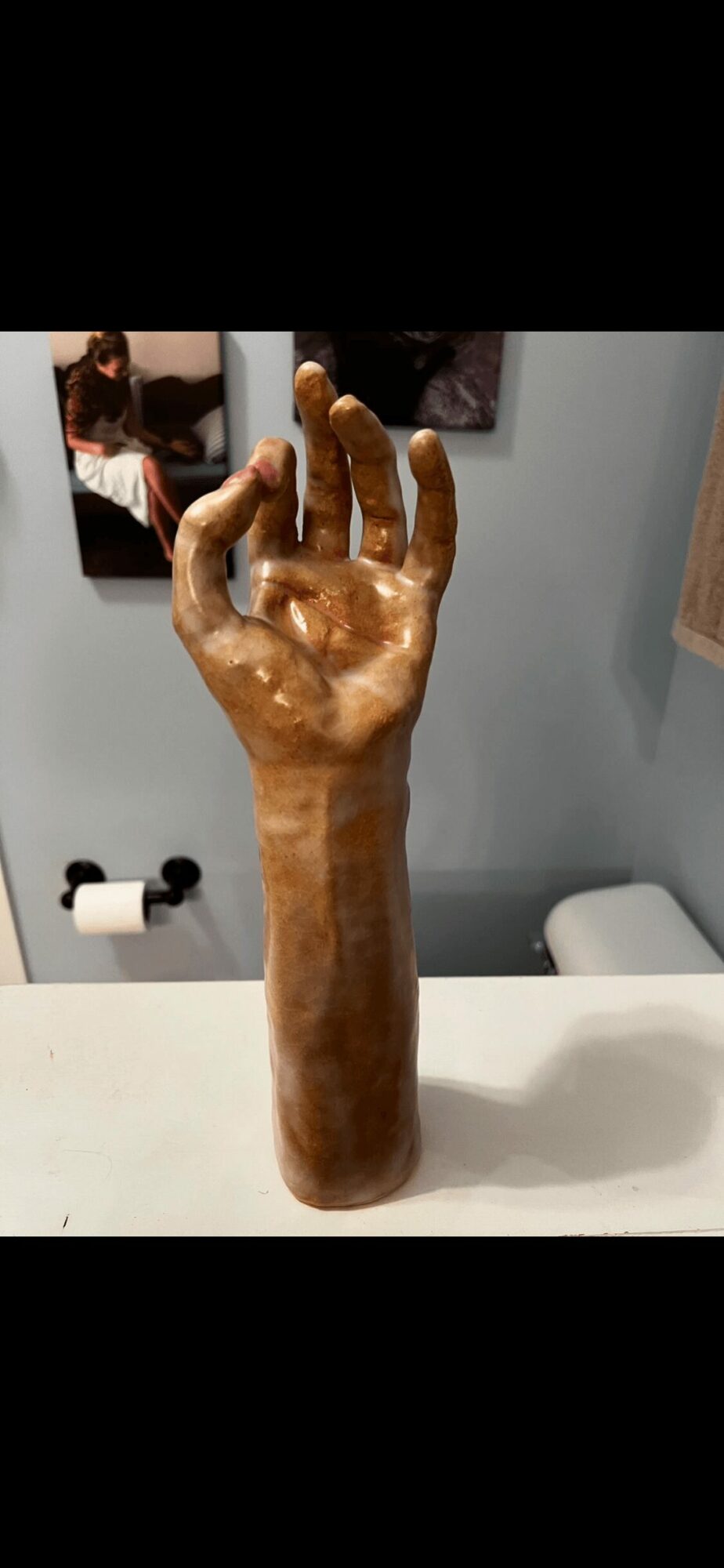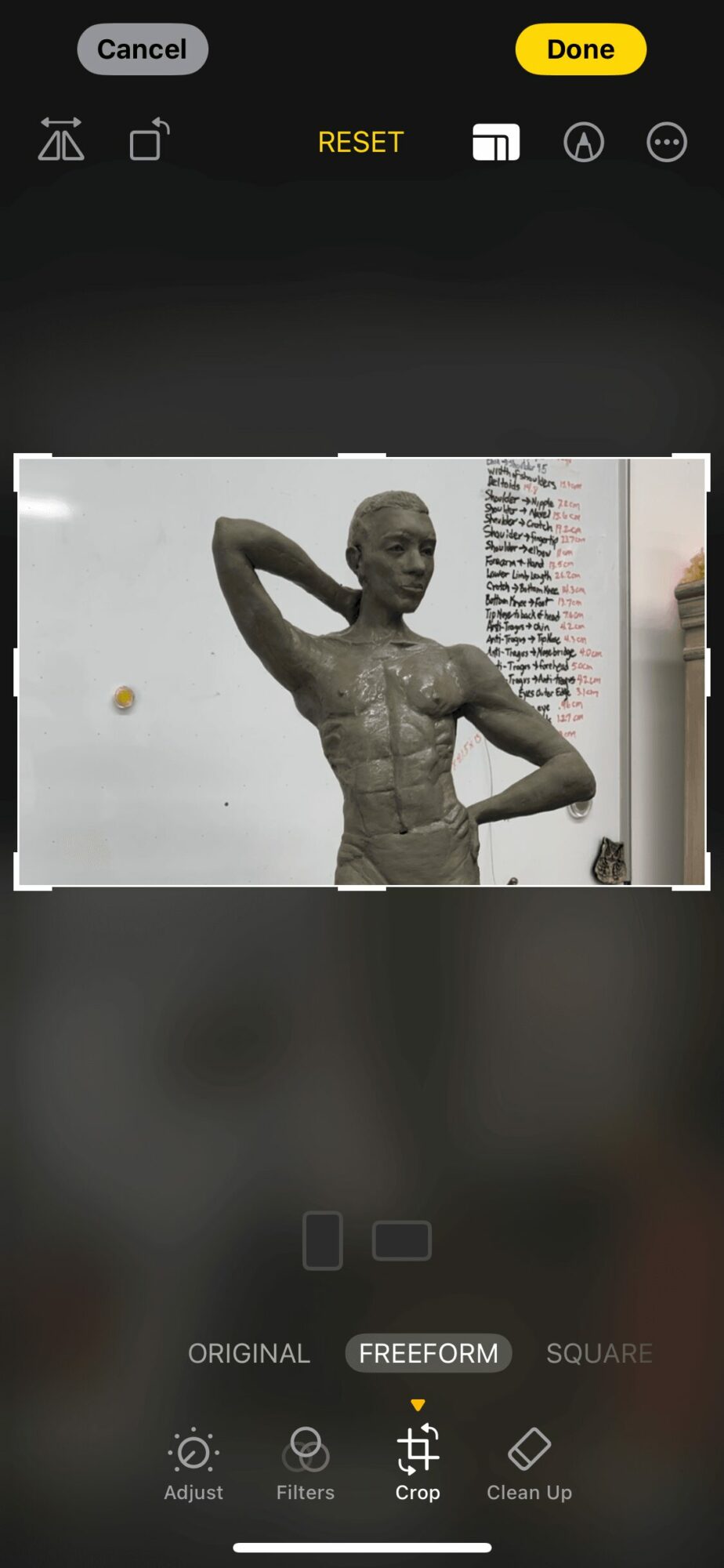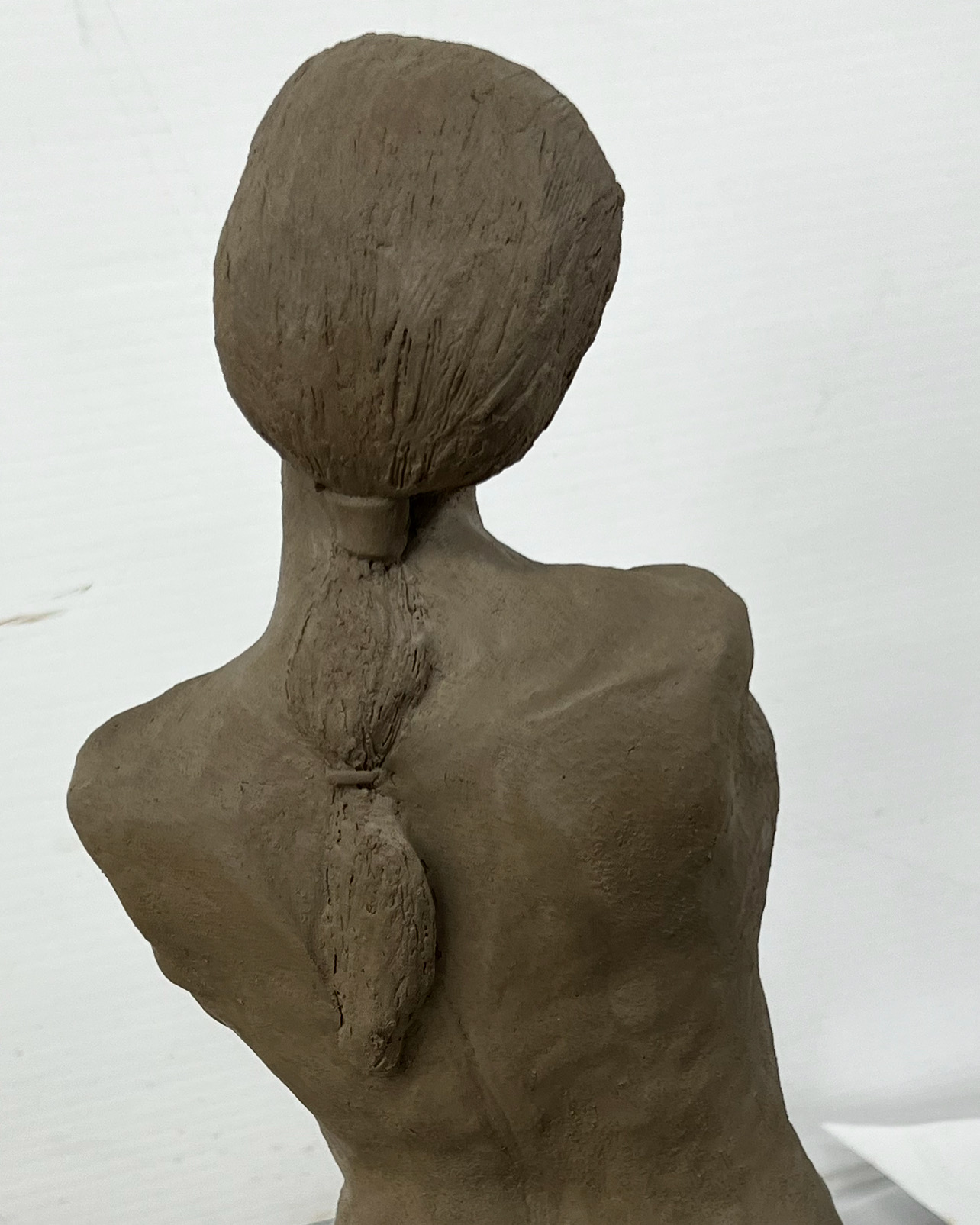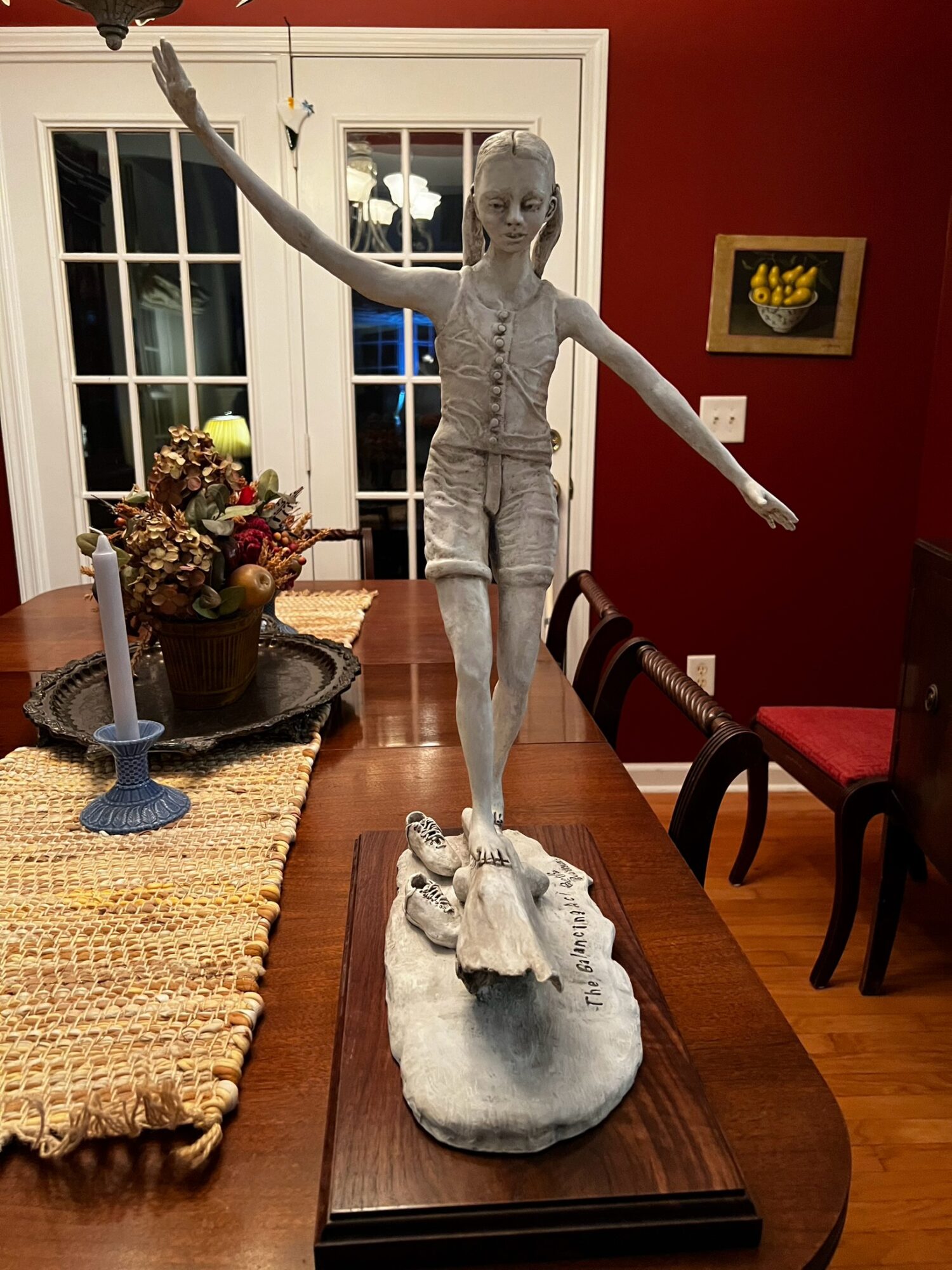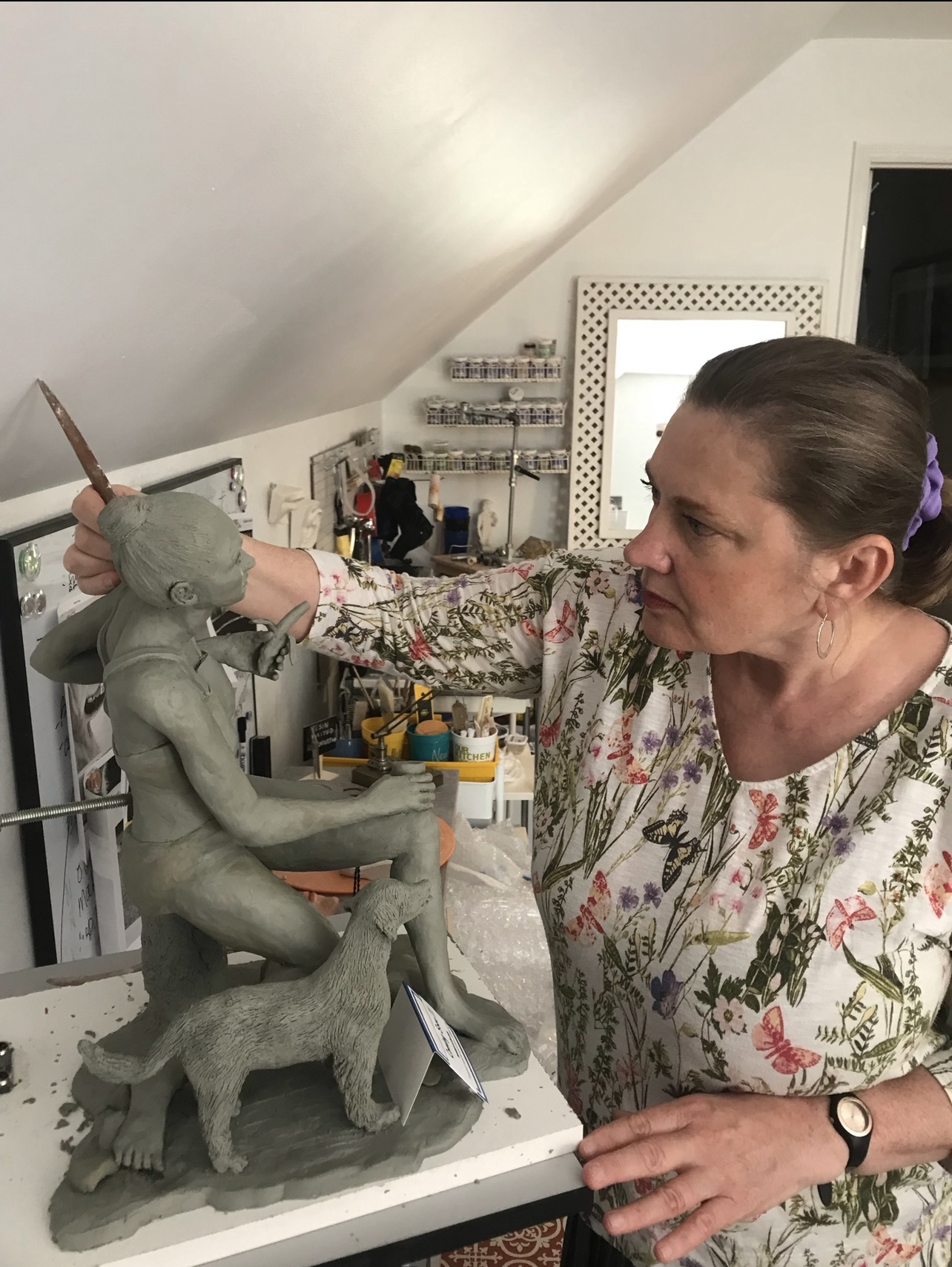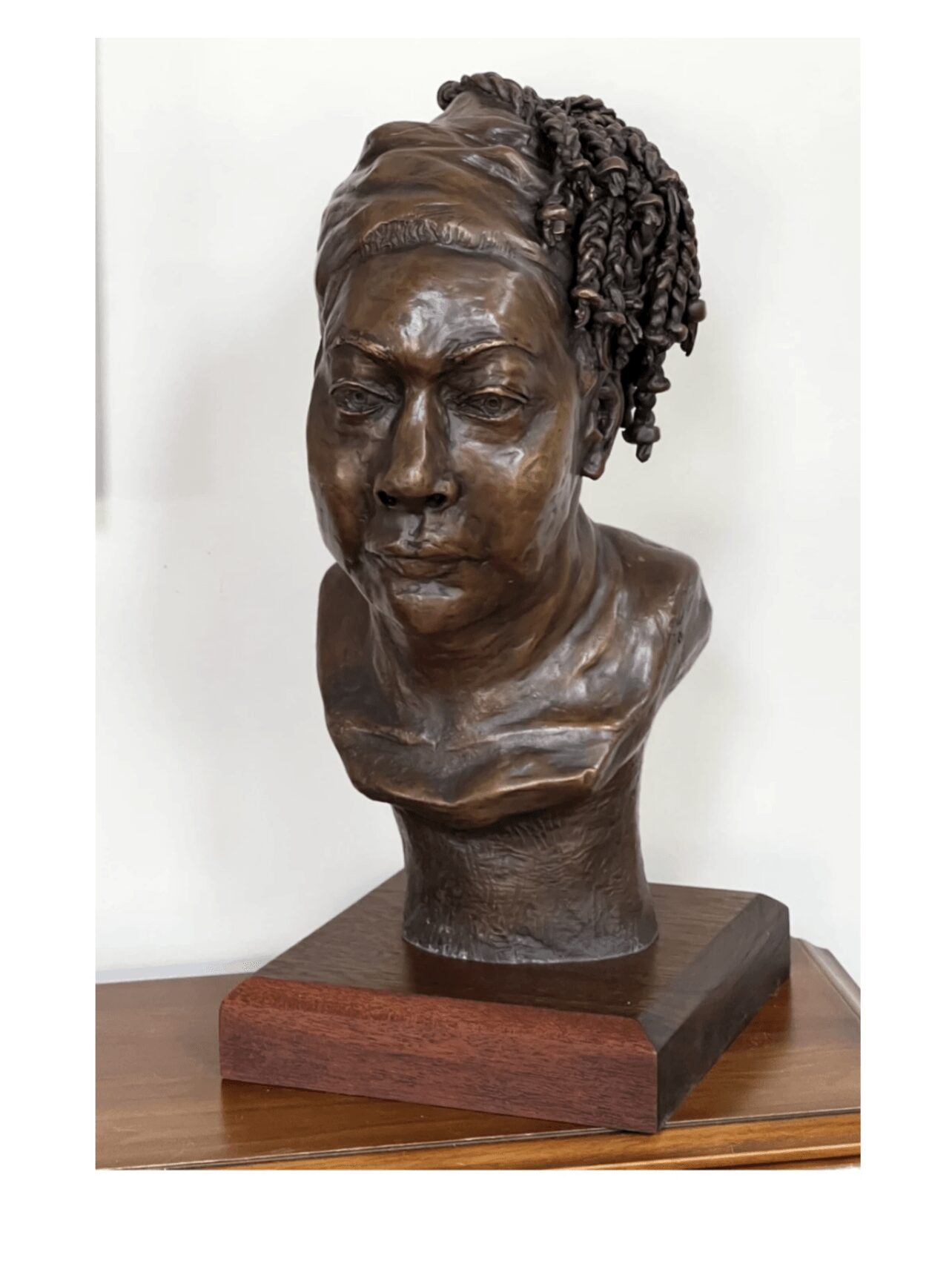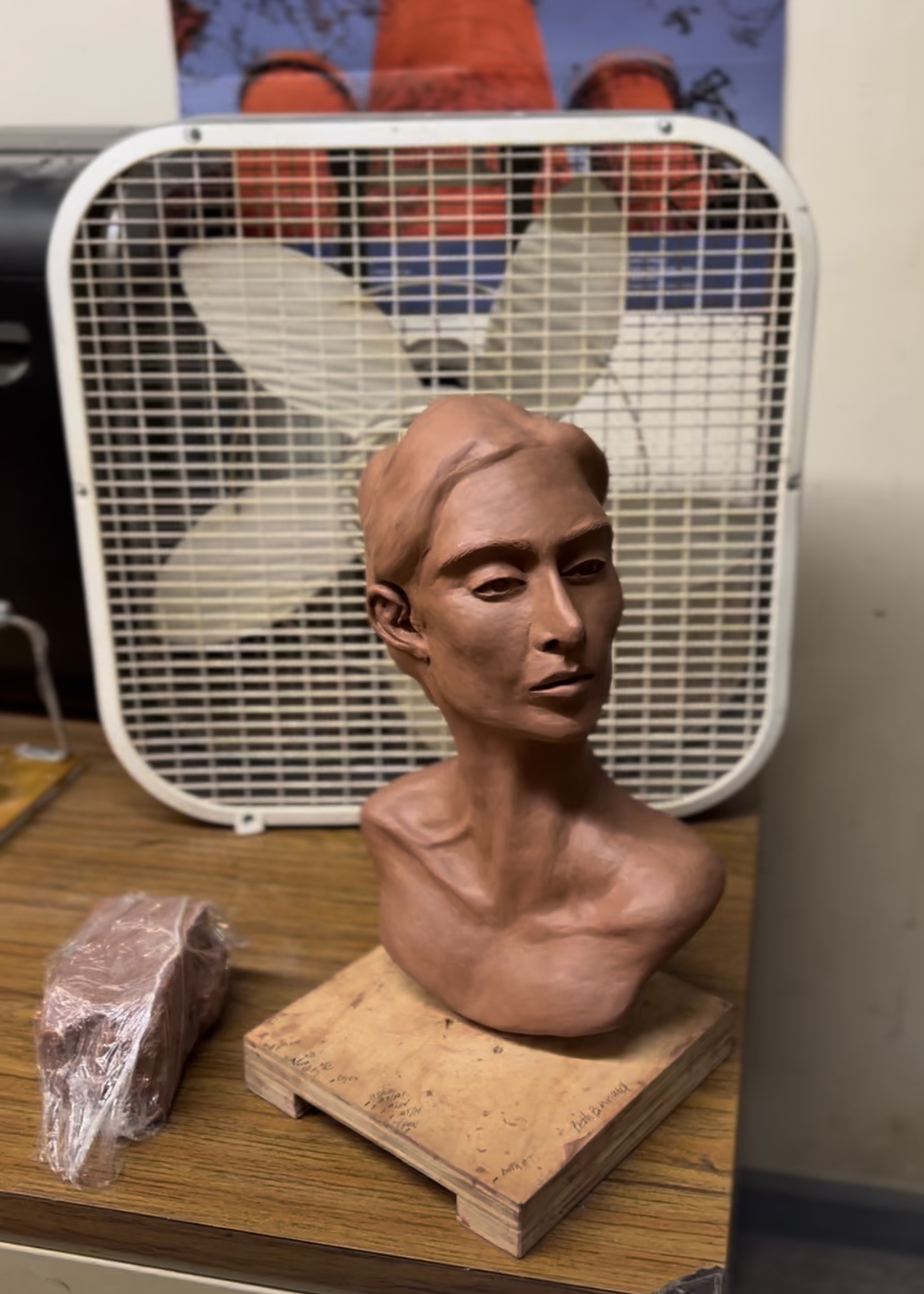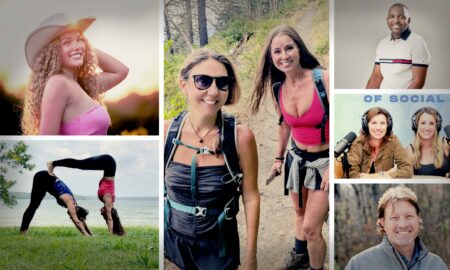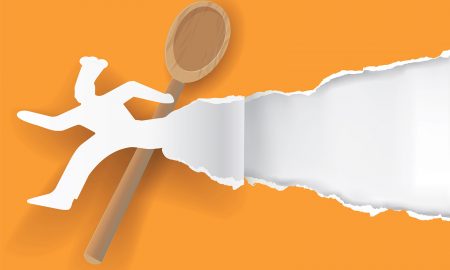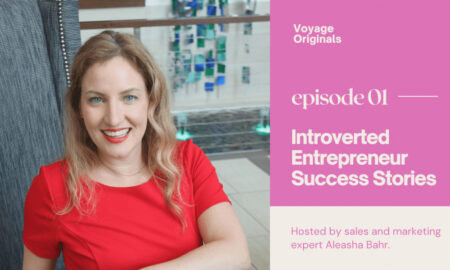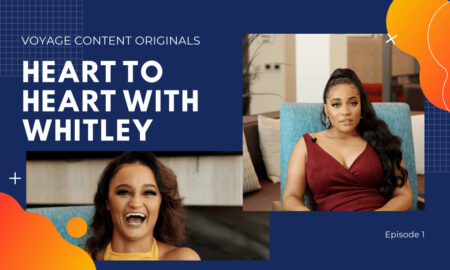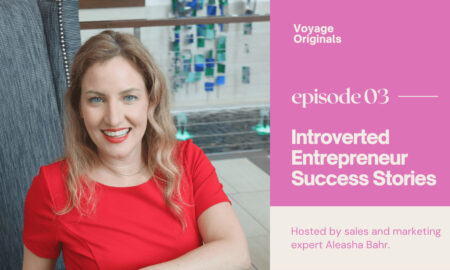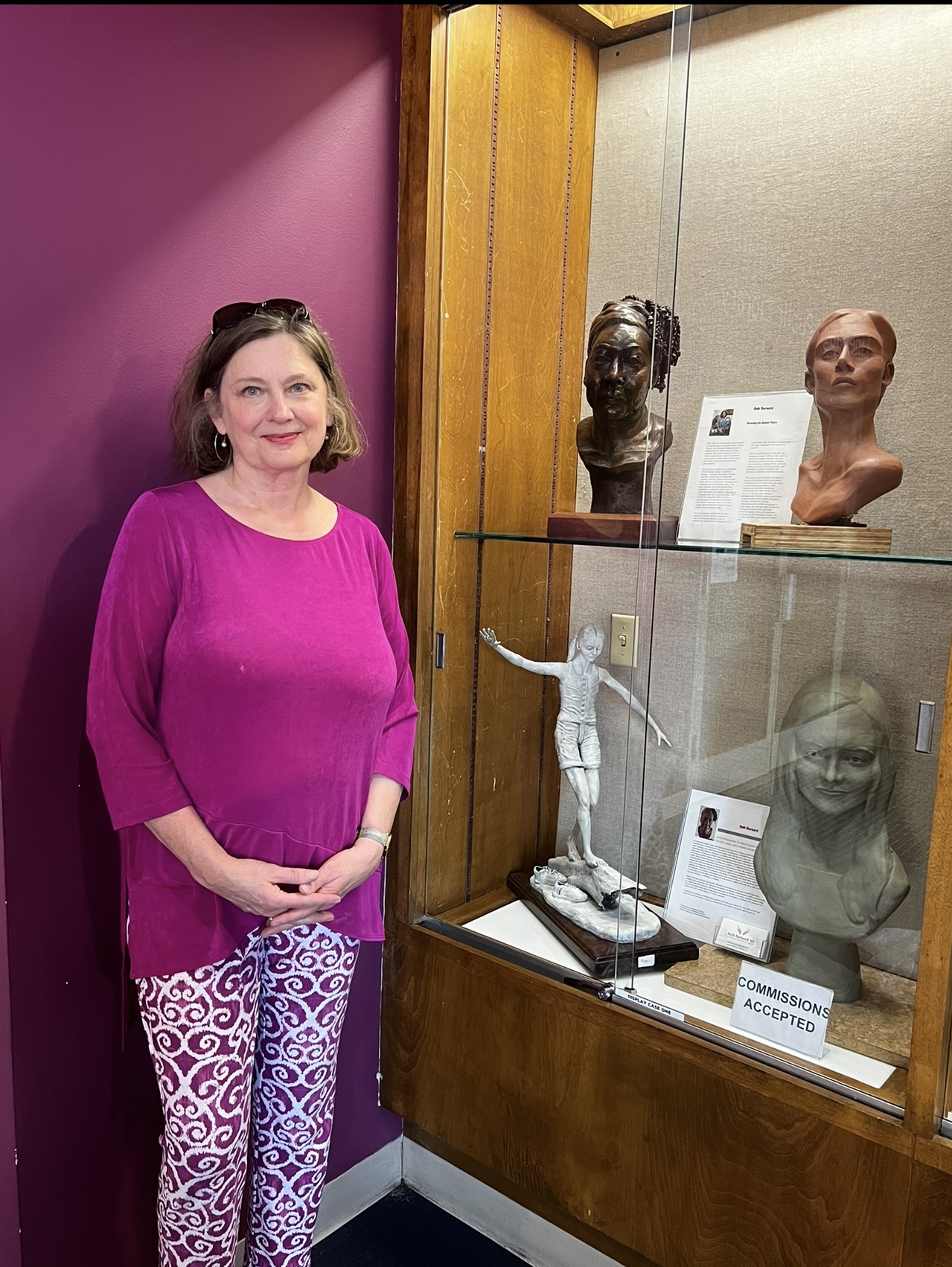

Today we’d like to introduce you to Beth Barnard
Hi Beth, thanks for sharing your story with us. To start, maybe you can tell our readers some of your backstory.
My road to sculpting has been rather winding. I have lived in Nashville since 1973 after moving here from my hometown of Alton, Illinois. After graduating with a degree in Biology from Peabody College, I trained at Vanderbilt in a Nuclear Medicine Program where I worked for 5 years, eventually realizing that what I liked most about the job was talking to the patients and families with whom I worked. Eventually I realized that that this was a skill I could develop, so I got a Masters in Social Work at the Nashville Branch of the University of TN, eventually doing Post Masters training in Psychodynamic Psychotherapy. Although I am nearing retirement now, at 70 years of age, I continue to enjoy working three half days a week as a psychotherapist, but what many people don’t know is that for the last 7 years, I have rekindled my childhood love of art and love to spend my down time lost in the flow of creating portrait and figurative sculpture. My mother had a kiln in our basement and as a child, I’d often find myself downstairs in her studio helping her with ceramics doing ceramics, or drawing faces while she focused on ceramics.
I feel like I owe my transition to sculpture to my daughter, who happened to volunteer at one of Alan LeQuire’s summer camps for children. Because of that, by a mere fluke, I got an email from LeQuire, saying that he was having an Open Studio. I went on a whim and fell back in love with clay the moment I touched it.
I’ve found the anatomical challenge of portrait and figurative sculpting to merge and fulfill the artistic, humanistic, and biological interests that have been a part of my curiosity from the get-go. People tell me that my work is quite expressive and although that may not necessarily be my intention, I think that could be related to observing so many intense feelings in others during my years as a therapist.
Studying anatomy has seemed to be a somewhat never ending but necessary process in order to more fully create what I see in a person. As I continue to learn more about musculature, it helps me to understand more of what those bumps and indentions are that I see in the human body. I find that I “see” more to sculpt as I learn more anatomy. Because of that, working with live models helps me be able to show more detail of a figure than I ever could from my imagination.
I feel fortunate to have been able to attend workshops over the years and have learned from really seasoned and talented professional artists, both in Nashville and from across the country, although in order to financially afford to do this, it has meant that I haven’t been able to retire completely from my job as a therapist. I’ve learned the hard way that bronzing the golden years becomes quite an expensive endeavor, and I have become a bit driven to keep it going.
Alright, so let’s dig a little deeper into the story – has it been an easy path overall and if not, what were the challenges you’ve had to overcome?
Perhaps the biggest struggle I’ve encountered with portrait and figurative sculpture is the expense. It’s not only buying the water based or Plastalina clay, but it’s the tools, the armatures, paying for a model, the photographs, the mold making, the resin, the bronze, the travel expenses to a foundry, the cost of having resin or bronze castings done by specialists, and the tuition and travel expenses to attend national workshops that are usually 4-6 days long. There’s also the feeling that you either have to have a team to create resin, and bronze sculpture, or you have to develop a lot of extra skills learning how to make molds and cast. Sculpting is only about one-fourth of the work of a casted piece, especially if using the lost wax casting technique to create a bronze at a foundry. Very few sculptors are able to do all of those steps themselves, and they pay highly for specialists to do it for them. The sad thing seems to be that portrait and figurative sculpture doesn’t tend to sell easily, perhaps because the overhead cost means that sculpture often is not going to be an impulse buy for the average person. Many sculptures are commissioned pieces, although most artists will advise not to do commissions because so often buyers aren’t satisfied. Some of the best sculptors I know feel that way.
As with any art, there is also the cost of entering markets and exhibits, of display booths at fairs, and the hassle and competition of getting into galleries. And then there is the schlepping the pieces from place to place. Sculpture tends to be quite heavy in and of itself and when in shows, there is also tent set-up as well as slugging tables hither and yon. It’s during those times that I often wish I would have started to sculpt at a younger age.
One of my first teachers who also teaches internationally, is actually able to make his molds, make waxes from the molds, and do his own bronze castings, welding, and patinas. He told me that in spite of not having to pay others for the specialty work, that if it weren’t for teaching, he doesn’t think he could financially make it just by selling his sculpture. And he’s really good. I find that depressing, especially given the amount of time it takes to sculpt a piece compared with other forms of art that may not take as long.
I worry that the cost of continuing to do resin and bronze sculptures may mean that if I want to keep sculpting, unless I stick to just using water based clay, I may never be able to retire from my work as a therapist because at this point, it’s literally my therapy job that is supporting my art. It’s the need for armatures to support figurative sculptures that makes using just water based clay difficult. But I’m starting to learn about ways of returning to use more water based clay in figurative work. That will really cut my overhead although it will also limit the type of end product that I do.
Thanks for sharing that. So, maybe next you can tell us a bit more about your work?
Although I’ve sculpted animals in the past, I do tend to focus on sculptures of people’s faces and figures. Some people ask me why I tend to sculpt such thin and often nude people. That’s not an intention, it’s been because most of the models at workshops have tended to be young, thin, and nude. I’ve sculpted more nudes than clothed people only because I’m still in the stage of learning anatomy and sculpting the body and learning musculature is the first step in sculpting so that when clothing is eventually added, it will rest on a proper form to look more believable. Learning to do more drapery will be my next steps, but I’d still like to learn deeper levels of anatomy first.
What matters most to you?
Relationships are what matters the most to me in life because in the end, that’s all we have. I’d like to leave behind a few sculptures that can be passed on to my loved ones as a keepsake to be remembered. I have a few pieces of art that my mother made that I treasure for sentimental reasons and I hope that one day a few pieces of my sculpture will bring some joy to my loved ones as well.
